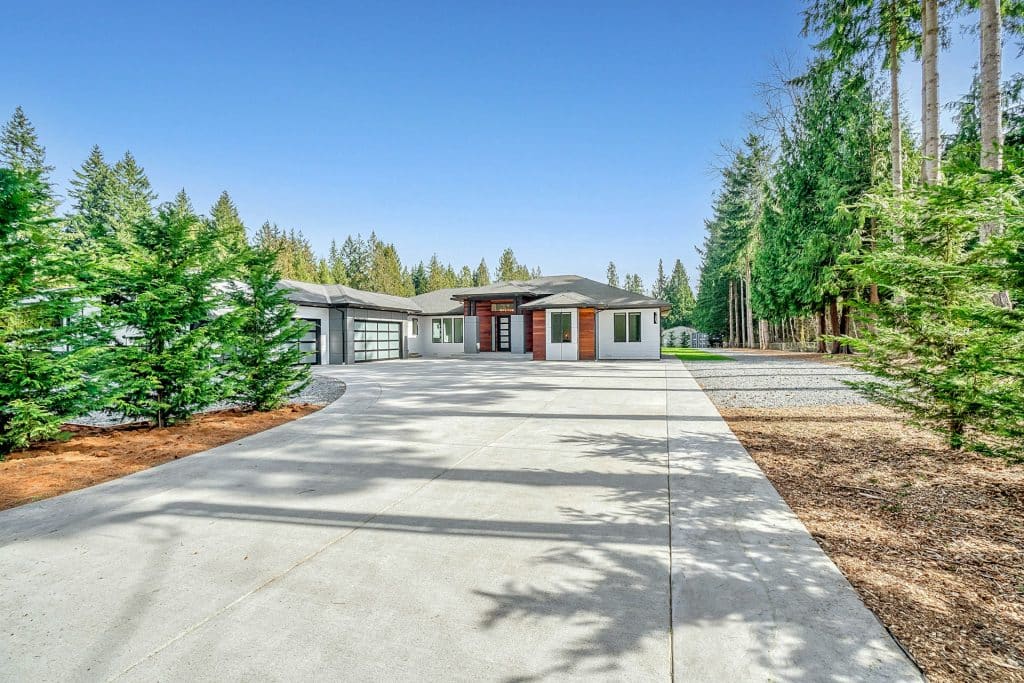Why Retargeting Ads Are a Game-Changer for Entrepreneurs

They say first impressions count, and absolutely they do. However, many times, second chances are arguably better, and one would be surprised to know how often individuals are willing to give said second chances. The point of that philosophical rant was to make the point that businesses shouldn’t only focus on targeting new people; sometimes, better results can be derived from retargeting ads to users who have previously interacted with your website or digital content but did not complete a desired action, such as making a purchase. In this blog post, we’ll talk about the sheer value it holds for entrepreneurs.
Understanding Retargeting Ads
Let’s first understand on a fundamental level what retargeting ads mean. Simply put, it is the practice of displaying ads to users who have seen these ads before. Usually, the audience that is retargeted tends to be the one that performed some sort of desired action, which could be visiting the website, adding a product to their cart, or maybe even filling up a survey. Retargeting is supposed to bring them back and remind them that “hey, you almost completed xyz action. Want to finish up?”
How Does It Work?
Let’s take the example of a digital marketing agency in Langley. You’re a business owner looking to promote your business online, so you check out their services—maybe click on the pricing page. In the end, you close the website without signing up. Now, thanks to what’s called a cookie, the agency knows you visited their site but didn’t take the desired action, and they don’t want to lose you. So, they use retargeting ads to remind you about them.
Here’s a surface-level breakdown of the process:
- A tiny piece of code called a cookie gets stored in your browser. Yes, it’s the same “Allow Cookies” websites ask for.
- These cookies collect non-invasive data—just enough to tell ad platforms, “This visitor was interested but didn’t take the desired action.”
- With this information, retargeting ads from that same agency should start appearing on various platforms, with a message like, “Still looking for expert digital marketing? Let’s talk!”
- Since you already showed interest, you’re far more likely to click the ad and finally sign up.
It’s the online version of a salesperson asking, “You sure you don’t want this?” in a nutshell.
Advantages of Retargeting
Retargeting is one of the most effective digital marketing strategies for keeping potential customers engaged. Most people don’t convert on their first visit to a website, so retargeting helps businesses reconnect with these users, increasing the chances of conversion.
Increased Brand Recall
With ads everywhere, it’s easy to forget about a brand. Retargeting keeps your business in an individual’s active memory by displaying ads to users who have already shown interest. This keeps your brand fresh in their minds, making it more likely that they’ll return.
Higher Conversion Rates
We highlighted in the above section that retargeting is done for people who have already shown interest in your website. This is important because it makes retargeting different from cold ads, which are essentially a shot in the dark. A study by WordStream found that retargeted ads are 10 times more likely to get clicked than regular display ads. More clicks, more sales. Simple. Furthermore, the value of having a strong landing page cannot be understated here. One must avoid making common landing page design mistakes so their landing page does what it’s intended to do: draw the visitor down the sales funnel.
Cost-Effective Advertising
This advantage is particularly beneficial for newer businesses with a limited marketing budget. Acquiring new customers from scratch is expensive, and it may not always be possible to allocate a major chunk of funds towards it. Retargeting presents itself as a more budget-friendly way to drive sales by engaging those who are already interested.
Works Across Multiple Platforms
The internet is a big place, and targeting an audience on just one platform isn’t enough. Thankfully, retargeting campaigns aren’t limited to a single platform. They can be displayed on Google, Facebook, Instagram, LinkedIn, and even YouTube.
Strengthens Customer Loyalty
Customers appreciate being appreciated. Retargeting isn’t just about first-time conversions; it’s also a way to bring back previous customers and keep them engaged. Often, companies offer complementary products, exclusive deals, or personalized recommendations to increase customer retention.
How to Get the Most Out of Retargeting Ads
Entrepreneurs, it is best to remember that retargeting isn’t as simple as showing people the same ads again. Here are some tips on how to get the best results:
- Segment Your Audience: Not all visitors are the same. Some just browsed, others abandoned their cart, and some might have interacted with specific content. Show them ads that make sense for where they are in the buying process.
- Use Strong CTAs: Make it clear what action you want them to take. Whether it’s “Shop Now,” “Claim Your Discount,” or “Sign Up Today,” a direct CTA makes a difference.
- Test Different Ads: Small changes in wording, images, or offers can lead to big improvements. A/B testing helps you find what works best.
- Don’t Overdo It: No one likes feeling stalked. Limit how often your retargeting ads appear so they remind people without annoying them.
Conclusion
Retargeting is a tried-and-tested method of turning lost visitors into paying customers while also retaining existing ones. As an entrepreneur serious about growing their business, setting up a retargeting campaign is a must—preferably with the guidance of a digital marketing agency if you’re unfamiliar with it. Reel back your potential customers before they slip away



